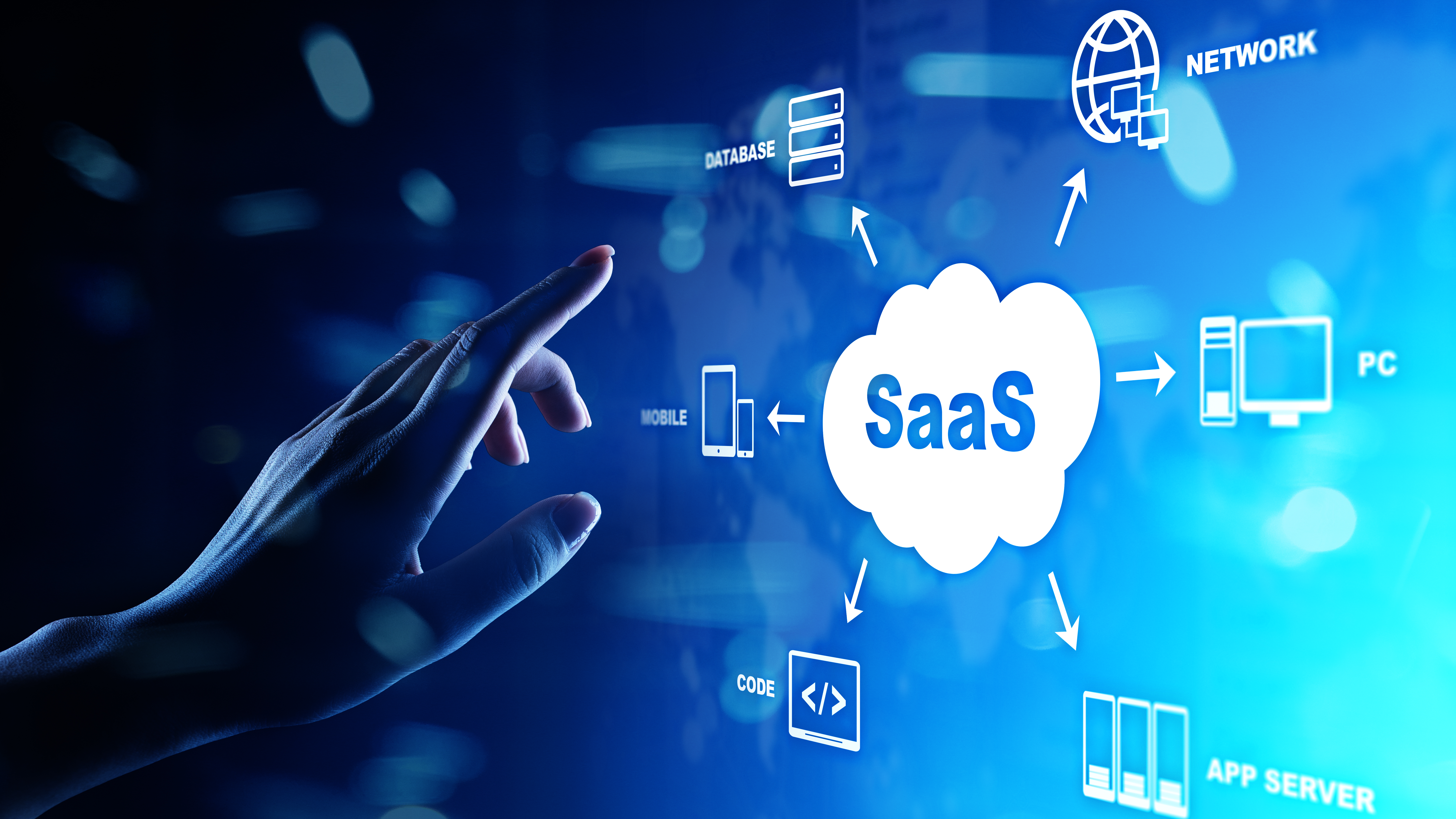
A Cloud Evolution
The SaaS business model enables ISVs to reduce costs, enter new markets as well as launch and run a future-oriented SaaS business in the Cloud. But transforming an existing on-premises application into reliable, scalable software capable of supporting many customers simultaneously is not a small thing – however it's the business changes that are harder and still ongoing. In essence, the delivery method has changed, and therefore the business model of selling SaaS and Cloud services needs to change as well.
A New Way of Doing Business
While traditional software vendors are primarily concerned with application functionality and their customers are responsible for operating and managing the respective environments in which they run the software. A cloud vendor, on the other hand, needs to be equally concerned with operating and managing the environment that supports all its customers.
SaaS has been around long enough that most ISVs understand this and the basics of what SaaS brings - the benefits of a scalable and flexible, multi-tenant computing platform, alongside the risks and challenges such as legislation, security and performance. The right SaaS/Cloud enablement partner will help maximise these benefits and navigate the challenges.
For ISVs tapping into these benefits they are able to offer applications out to multiple customers, gaining economies of scale while allowing customers to only pay for what they use. They also have the ability to gain access to compute power when they need it - and only pay for what they use and need – and with the right deployment platform, it can be done in whatever cloud environment is needed(public or private). Furthermore, doing this though the Cloud also improves time to market and productivity, allowing ISVs to very quickly build and deploy new Cloud applications and services.
A New Business Model
Stay up to date with the latest Channel industry news and analysis with our twice-weekly newsletter
This shift is happening throughout the software industry, delivering rapid technological changes, with new innovations and capabilities coming all the time. The introduction of a new compute paradigm (Cloud) combined with reduced budgets, means that long term licences aren't attractive to most customers any more.
As a result, a new approach to selling means that there needs to be a change to the way an ISV prices and markets its solutions. Similarly, moving from a traditional on-premises software business to a SaaS business can cause a significant amount of disruption to an established ISV.One of the key changes to the business model is the shift away from this traditional licensing model, which has peaks and troughs of income, to a more stable and constant revenue stream.
This change can also help cut churn rates, as there isn't the periodic 'big spend' crunch time that comes with traditional licensing contracts. However, this also can make additions and up-selling harder as these one-offs break the cycle of regular and predictable monthly payments.
New Requirements
From a delivery perspective, the move to SaaS and the Cloud brings changes to the business requirements too. As such, priorities need to shift when looking at developing a SaaS application. Where the traditional model was about maintenance and upgrades, ISVs have to get used to delivering a service, with SLAs that are in place and need to be maintained on an ongoing basis or face the possibility that customers could go elsewhere. ISVs also need to consider scalability, which is key to growth and fundamental to maintaining service quality as the volumes of users grow.
A New Remuneration Model
One of the biggest impacts that this shift in business and payments makes is to that of sales staff remuneration. The sales compensation model of paying commissions for selling big deals crumbles when there isn't a big contract for the customer to sign or big renewals to negotiate.Different ISVs are experimenting with alternate remuneration models and thus far it seems to vary depending on the company or industry, as well as the type of service being delivered.
Typical SaaS pricing also implies another important change in how organisations should think about their business. Traditionally, both sellers and customers view an ISV's fourth fiscal quarter as the most important, as that's when they're trying to land accounts and boost numbers for the year. However, with the SaaS business model, it is more about the length of the term of the contract and it is about continuously driving new business and it is all about increasing the volume of the business. The SaaS model, particularly when linked with a Cloud delivery platform also enables an ISV to look at what's going on in the market and quickly address changing market conditions, as well as look to new geographies – but once again this requires a change in how sales and marketing are perceived and executed.
A New Partnership
This level of change can be a daunting prospect for any ISV, and highlights the need for a partner that can not only deliver the technological underpinning to assist with this transition, but also provide consultancy and support on changing the underlying business too.
When looking to move to a Cloud-based proposition, ISVs should look to partner with someone that will provide all of the benefits of multi-tenancy, scalability, security, data encryption and so on, to allow them to deliver the best and most secure and reliable cloud based applications possible. The best partner possible will provide all of this as well as work with them as a business to shape the new strategy. This includes enabling the sales team to understand what the selling strategy is, how to change lead generation and marketing and use of the web and use of social media and so on.
ITPro is a global business technology website providing the latest news, analysis, and business insight for IT decision-makers. Whether it's cyber security, cloud computing, IT infrastructure, or business strategy, we aim to equip leaders with the data they need to make informed IT investments.
For regular updates delivered to your inbox and social feeds, be sure to sign up to our daily newsletter and follow on us LinkedIn and Twitter.




